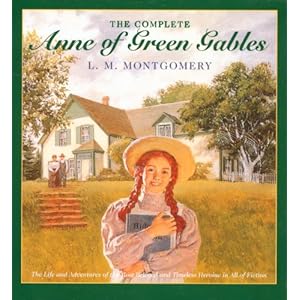Karana's village experiences heartache when hunters from the north of their island, the Aleuts, come to hunt otters on their island. When the Aleuts leave, a confrontation happens, and in the end, many of the men of the village are killed. The new chief leaves to find a better place for his people, and soon a boat arrives to take the people of the village away. Karana is on the boat when she discovers that her younger brother did not make it on the ship in time, and she dives into the water to go back for him.
They begin to live on the island hoping that the boat will soon return for them, but not long after the boat leaves, her younger brother is killed by the pack of wild dogs that lives on the island. Karana is left by herself, and she begins to create a life for herself, alone on the island. She survives a canoe trip in a canoe that sprung a leak, as well as made a new home for herself, and even created her own weapons. She defied many of the customs of her culture as she chooses which is more important, her safety or the culture that she came from. The story tells the important memories or parts of her life as she lives on her island alone, and she grows up. She goes from hoping everyday to be rescued to never thinking about it happening again. Eventually she is rescued and discovers that her people never came back for her because they ship had sunk and no one knew that she was on the island alone.
This book has won the John Newbery Medal for good reason. It was a well written book that tells the life of Karana with beauty and eloquence without romanticizing her life. It is told in the first person and it tells it as if she was telling the story to you.
I first read this book when I was in 5th grade, and this would be the grade that I would recommend the book for. One thing I would do as a teacher is go over some of the vocabulary that is used in the book that is particular to Native American cultures. I remember when I read it I didn't understand that "moons" meant "months" and "suns" meant "days." Even as I was reading it again, it took me a while to understand that when she was talking about a "devil fish" that she was talking about an octopus. So it would be good to discuss these vocabulary words with your students.
This story is inspired by a true story, so this is also another aspect that you can discuss with your students, among many other projects that students can do along with this book.
When looking for a definition of what the devil fish was in the book, I found this video and think it's a great lesson plan idea to have students do to connect with book more.


